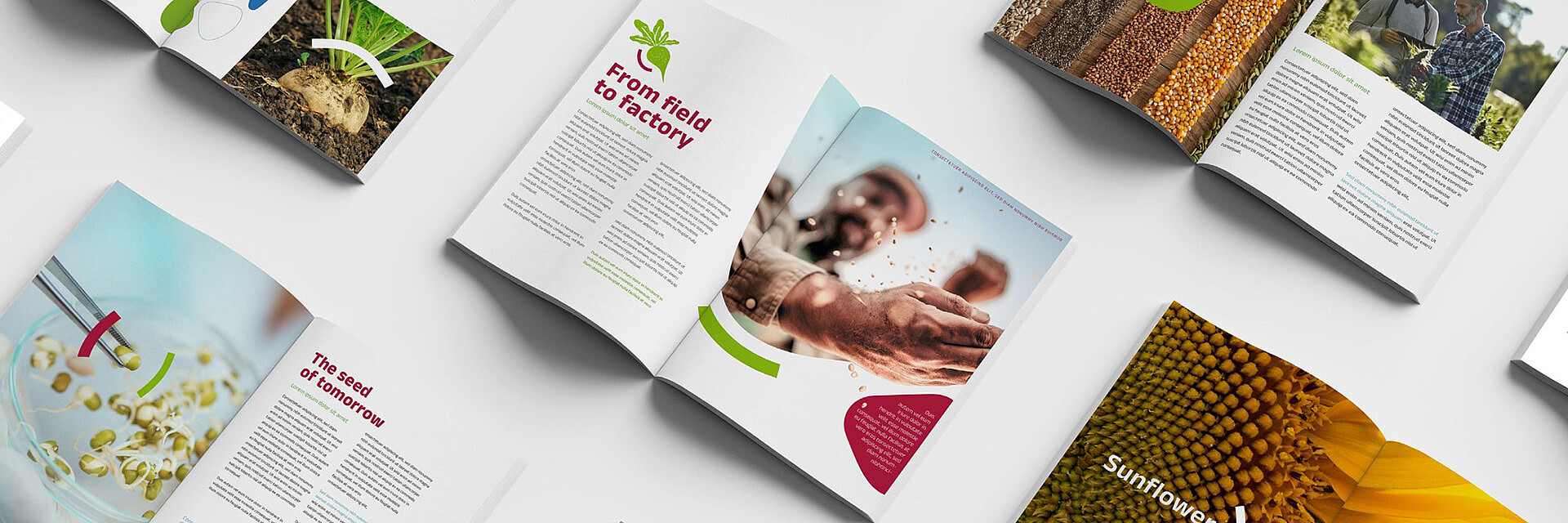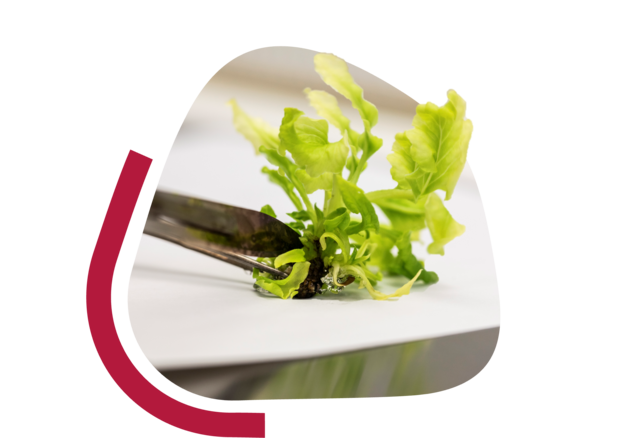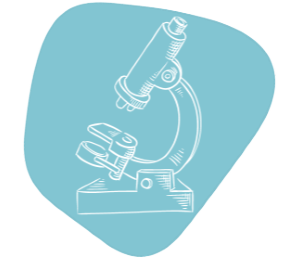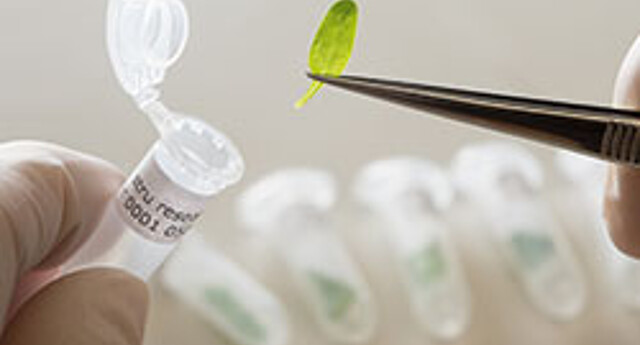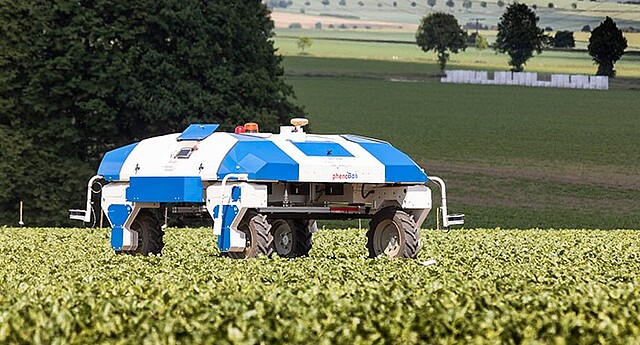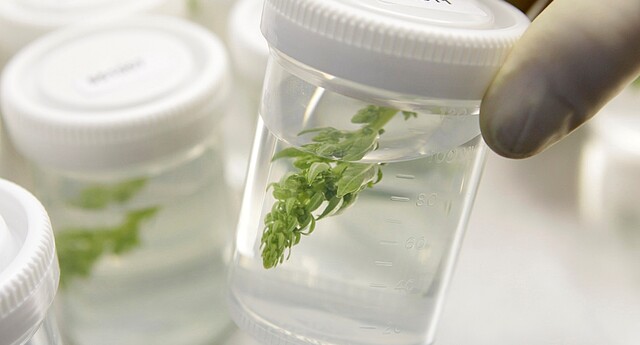Chiara Broccanello 1,7, Samathmika Ravi 1,7, Saptarathi Deb 1, Melvin Bolton 2, Gary Secor 3,
Christopher Richards 4, Laura Maretto 1, Maria Cristina Della Lucia 1, Giovanni Bertoldo 1,
Elena Orsini 5, María Gabriela Ronquillo‑López 5, Giuseppe Concheri 1, Giovanni Campagna 6,
Andrea Squartini 1 & Piergiorgio Stevanato 1*
Abstract: The fungus Cercospora beticola causes Cercospora Leaf Spot (CLS) of sugar beet (Beta vulgaris L.).
Despite the global importance of this disease, durable resistance to CLS has still not been obtained.
Therefore, the breeding of tolerant hybrids is a major goal for the sugar beet sector. Although recent
studies have suggested that the leaf microbiome composition can offer useful predictors to assist
plant breeders, this is an untapped resource in sugar beet breeding efforts. Using Ion GeneStudio S5
technology to sequence amplicons from seven 16S rRNA hypervariable regions, the most recurring
endophytes discriminating CLS-symptomatic and symptomless sea beets (Beta vulgaris L.ssp.
maritima) were identified. This allowed the design of taxon-specific primer pairs to quantify the
abundance of the most representative endophytic species in large naturally occurring populations
of sea beet and subsequently in sugar beet breeding genotypes under either CLS symptomless
or infection stages using qPCR. Among the screened bacterial genera, Methylobacterium and
Mucilaginibacter were found to be significantly (p < 0.05) more abundant in symptomatic sea beets
with respect to symptomless. In cultivated sugar beet material under CLS infection, the comparison
between resistant and susceptible genotypes confirmed that the susceptible genotypes hosted higher
contents of the above-mentioned bacterial genera. These results suggest that the abundance of these
species can be correlated with increased sensitivity to CLS disease. This evidence can further prompt
novel protocols to assist plant breeding of sugar beet in the pursuit of improved pathogen resistance.
Please find references and full version here.
For the explanatory Poster click here.
1 Department of Agronomy, Food, Natural Resources, Animals and Environment, University of Padua, Viale
Dell’Università, Legnaro, PD, Italy.
2 Northern Crop Science Laboratory, U.S. Dept. Agriculture, Fargo, ND, USA.
3 Plant Pathology Department, North Dakota State University, Fargo, ND, USA.
4 USDA ARS National Laboratory for Genetic Resources, Fort Collins, CO, USA. 5Strube Research GmbH & Co. KG, Söllingen, Germany.
6 COPROB, Minerbio, BO, Italy. 7These authors contributed equally: Chiara Broccanello and SamathmikaRavi.
*email: stevanato@unipd.it

